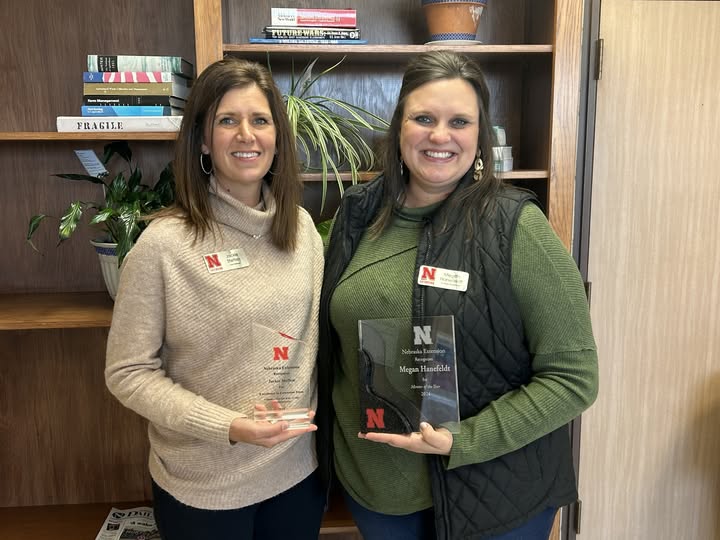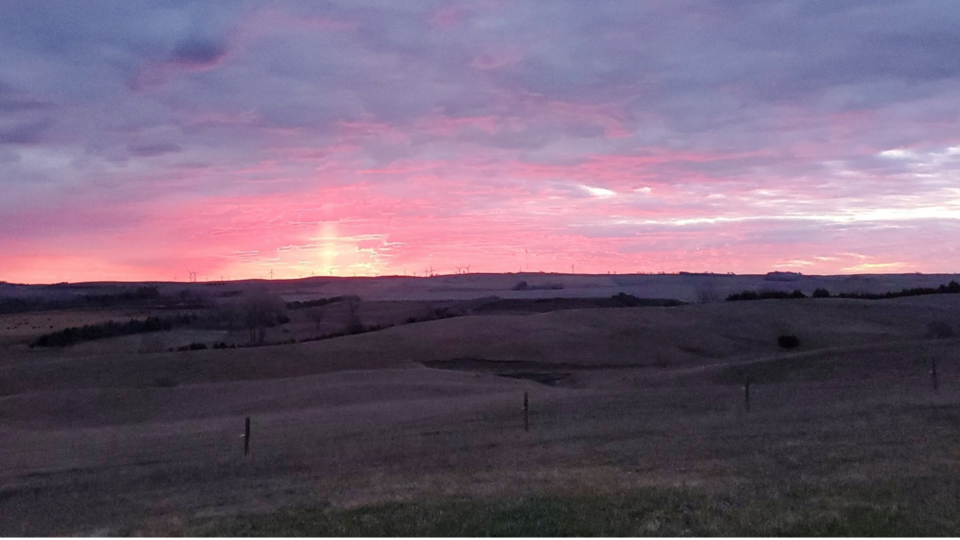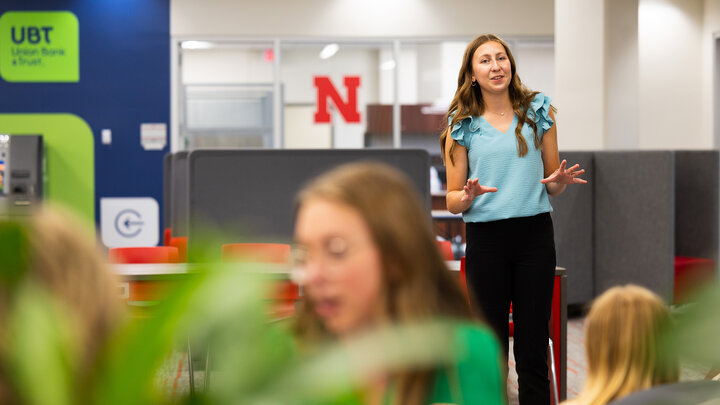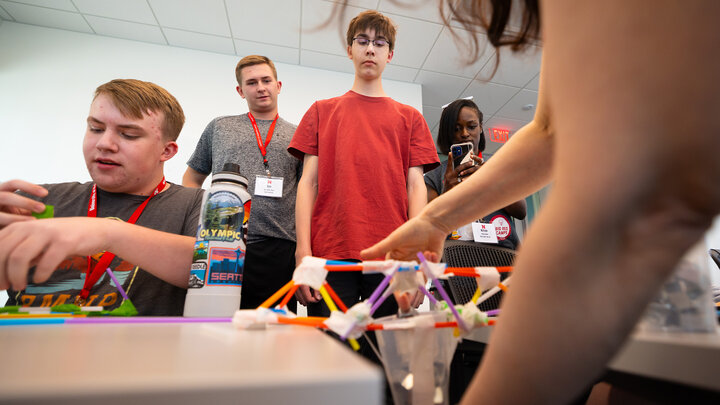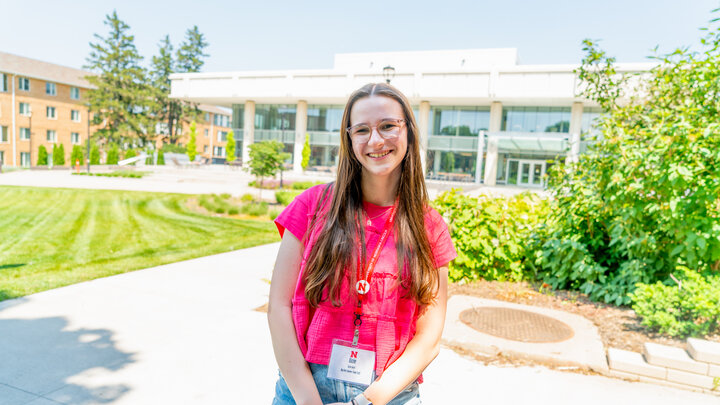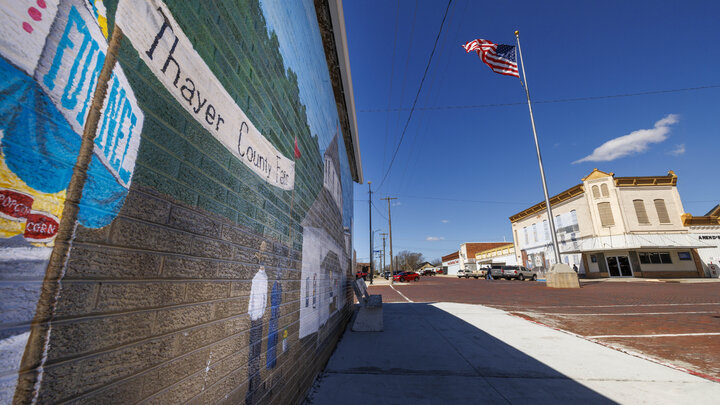Important Dates
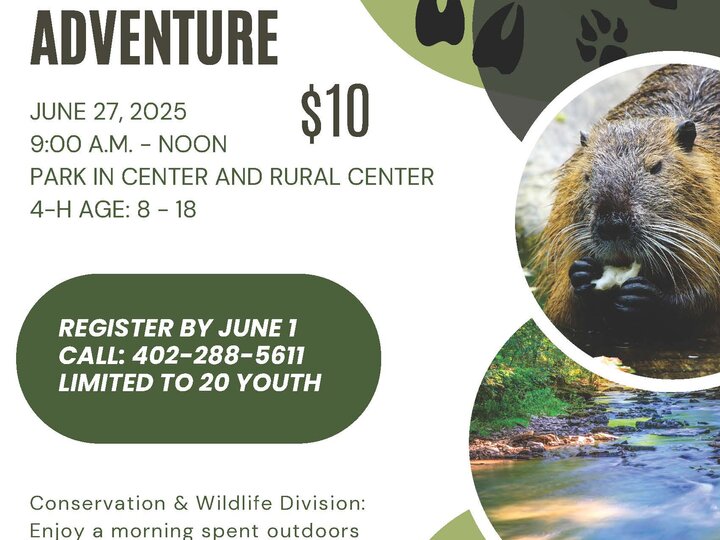

Register by June 1st - Space is Limited
Clover Kid Art Spectacular Workshop
Monday, June 16 - 9:30 a.m. to 11:30 a.m.

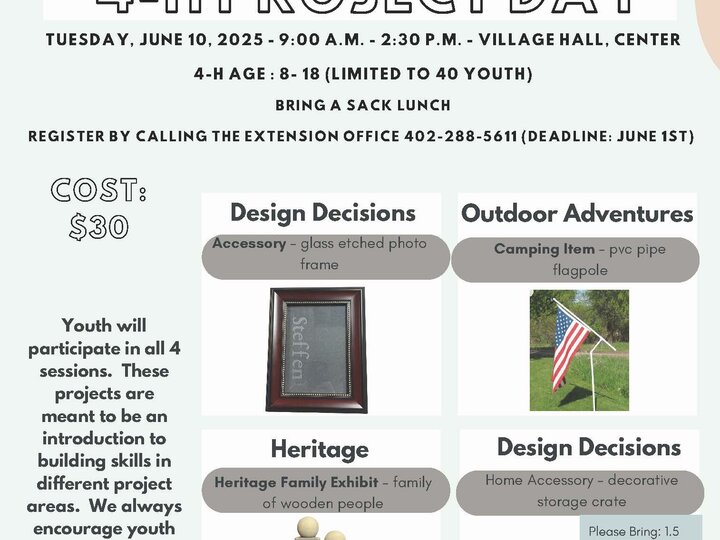

July 8, 2025 - Registration is required
Regenerative Ag Field Day
Time: Join us from 10:00 am ‘til Noon – Lunch will be available after we finish up - at the newly opened restaurant ‘The Breakroom’ in Randolph, NE (6 miles east of the field location), where the food is ALL locally grown!
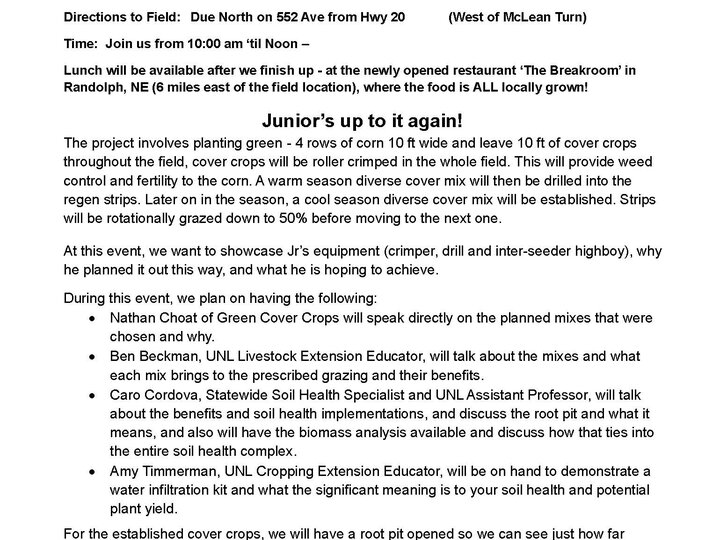

Stay up-to-date with the latest beef and forage information!
Beef & Forage Talk With Ben Beckman
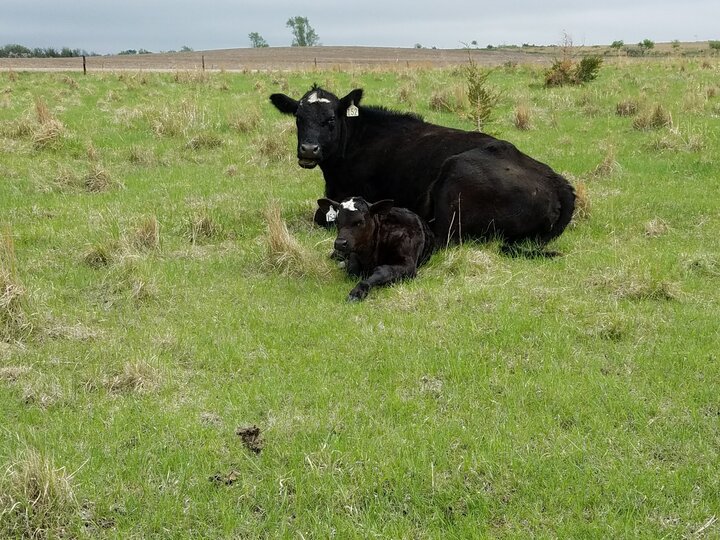
Toxic Plants Webinar Series
7:30 a.m. to 8:30 a.m.
Registration is $30 per participant and includes a copy of Nebraska Plants Toxic for Livestock
June 11, 18, 25th
Toxic Plants for Livestock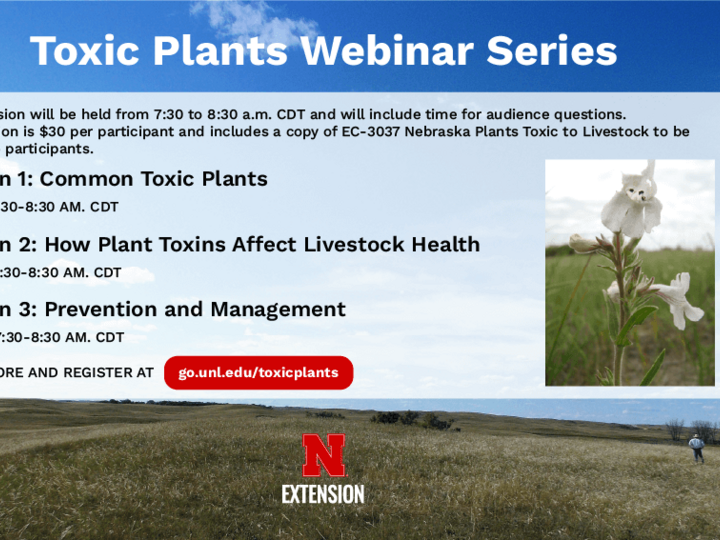
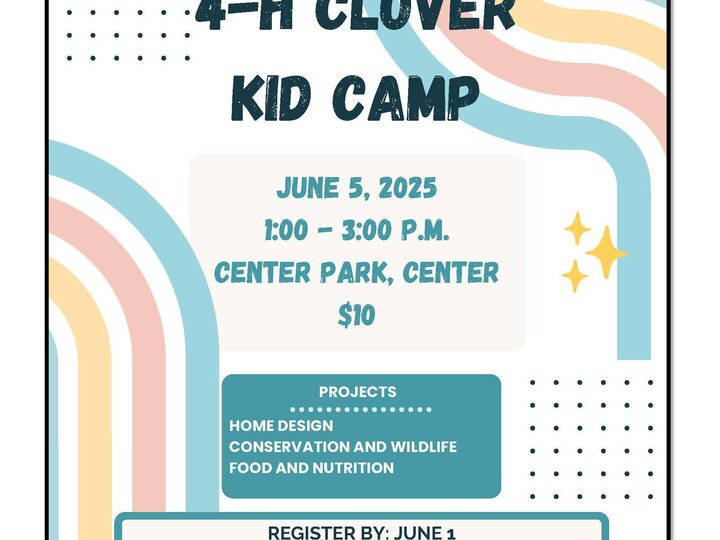

Nebraska Extension in Knox County
308 Bridge Street
P.O. Box 45
Center, Nebraska
Call 402-288-5611
Fax 402-288-5612
knox-county@unl.edu
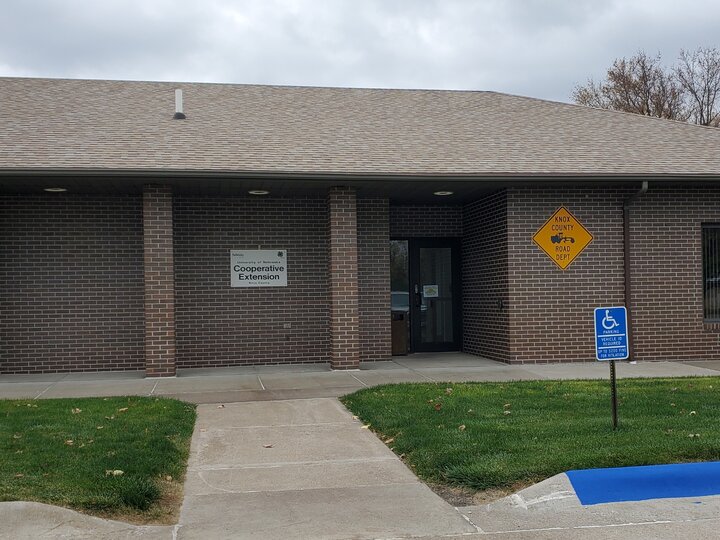
4-H Online Enrollment is Open! Knox County Enrollment Deadline - 4-H Enrollment for ALL members, including Clover Kids, is due by June 15. Youth can enroll anytime during the year, but all youth, including Clover Kids, must be enrolled with the Nebraska Extension 4-H Office in Knox County by June 15 and membership dues paid to the extension office to exhibit at the Knox County Fair or before competing any competitive 4-H events that year. Competitive events include all Pre-Fair Contests and Shooting Sports Contests.
Find More Enrollment Information
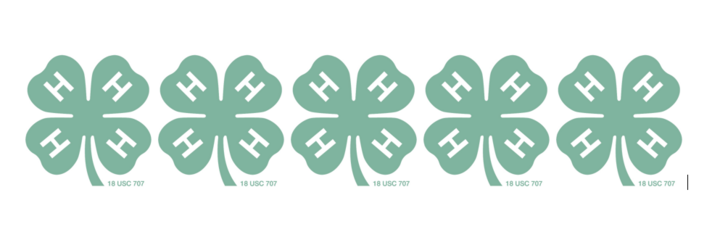
4-H Newsletters from Knox County
Find out what's happening in 4-H right here!

Building Better Babysitters Clinic was held in Verdigre
Nebraska Extension collaborated with the Verdigre Public Library to help prepare the next generation of confident, capable babysitters.
The day was filled with hands-on learning, teamwork, and building leadership skills.
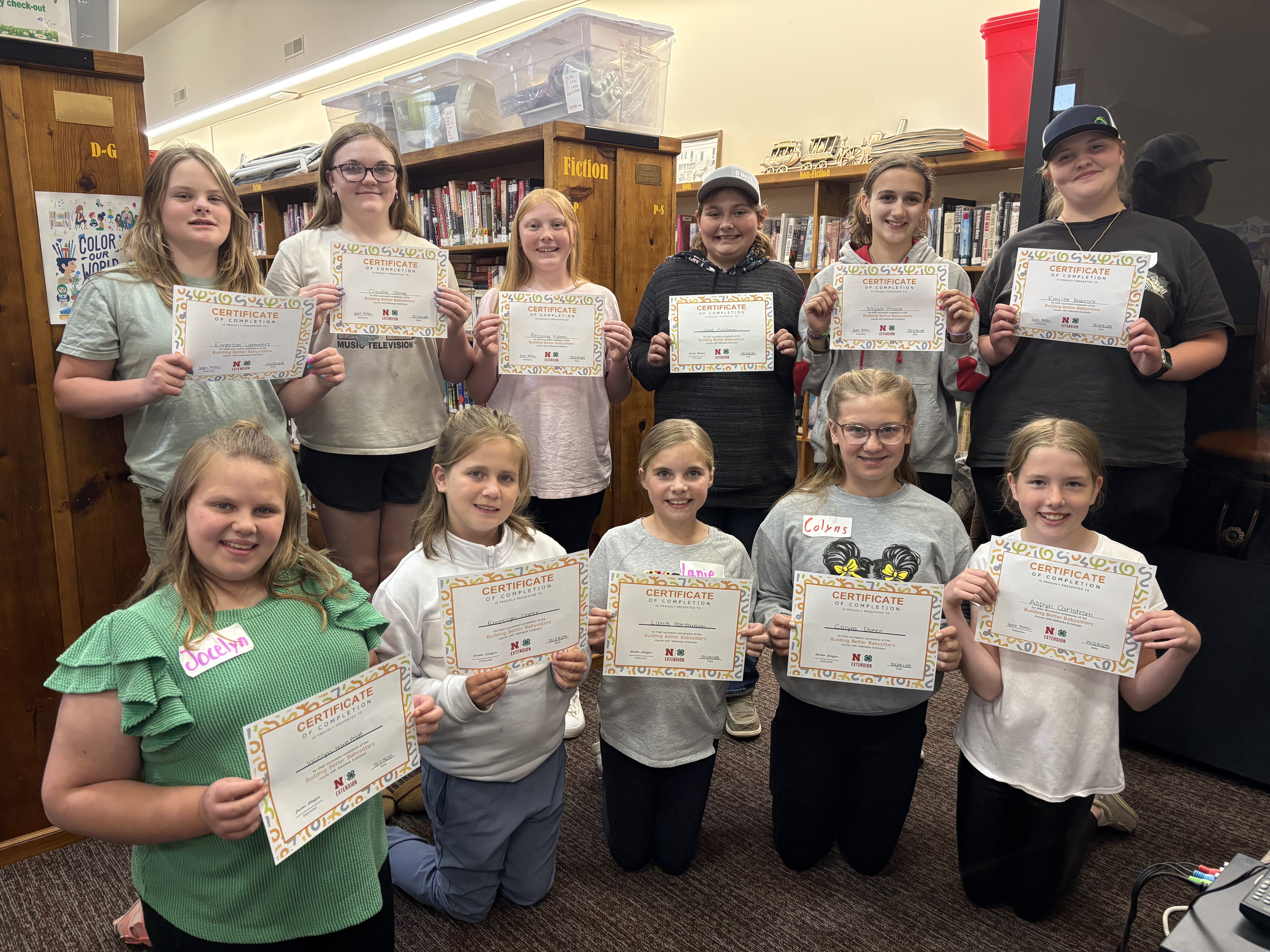
4-H Barrel Clinic Held at Knox County Fairgounds
Several Knox County 4-H members received tips to improve their Barrel Racing skills.
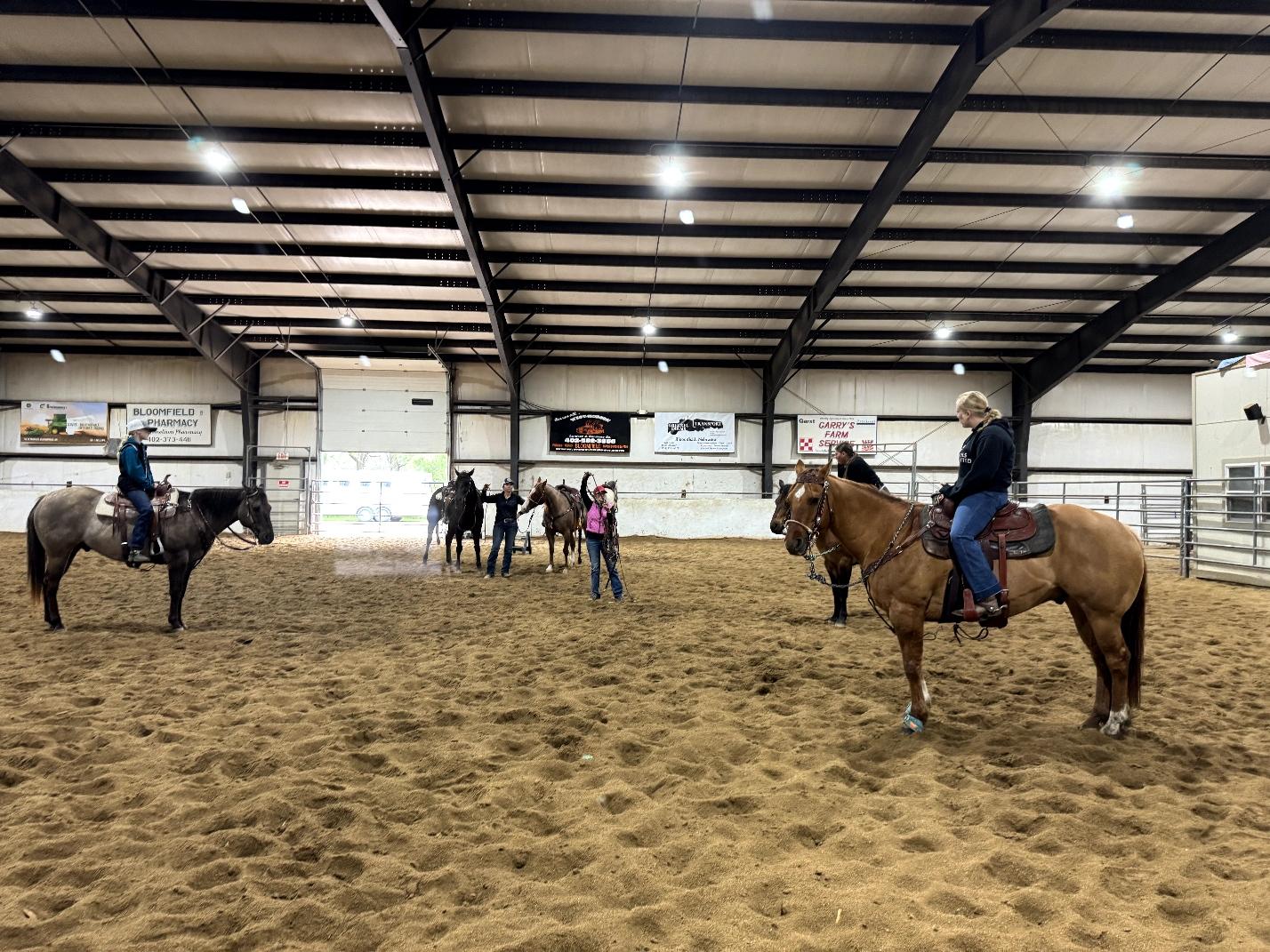
Knox County Classrooms Hatch More Than Baby Chicks this Spring
Knox County classrooms were hatching more than baby chicks this spring, they hatched learning, excitement, and happiness as the Knox County Extension Office partnered with several Knox County Schools. Extension Educator, Megan Hanefeldt worked with 14 classrooms across Knox County to bring the embryology program to over 240 students.
Classrooms participating included: Bloomfield Community Preschool, 1st and 3rd grades, Creighton Community Preschool, 3rd and 6th grades, Crofton Community Kindergarten, Niobrara Public Schools Preschool and 2nd grades, Isanti Community School 4th and 8th grades, St. Ludger Kindergarten, and Wausa Public School Preschool and 4th grades.
Through this program, the youth were taught all about the life cycle of a chicken including: how an incubator works, the types of eggs they were going to see hatch, and the environment in which the eggs must be kept in. They also learned what it meant to ‘candle’ eggs by looking through the eggs with a flashlight to see how far each chick had developed. On the 21st incubation day, the classrooms were chirping with excitement!
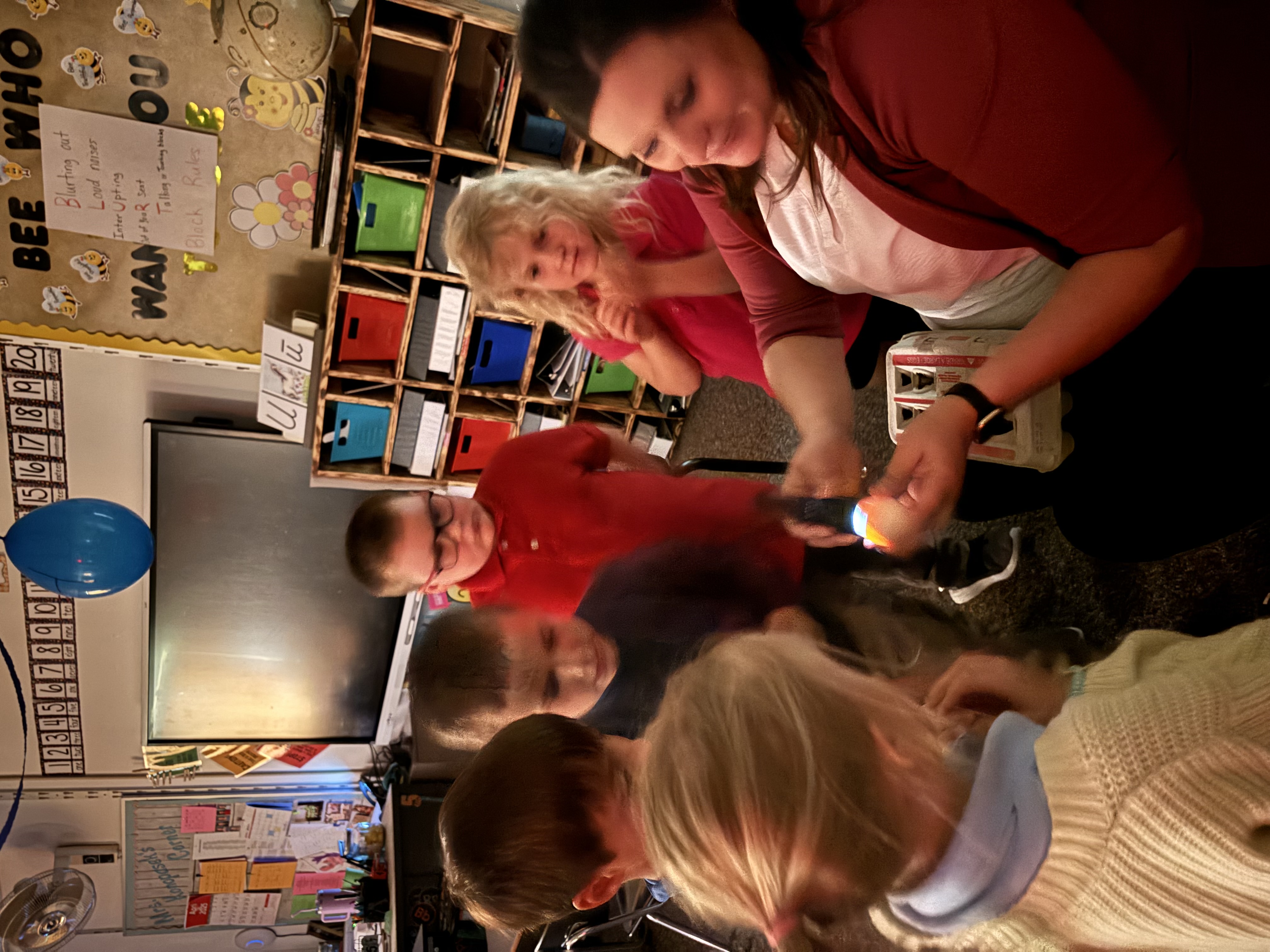
Congratulations to the 4-H Communication Event Participants in Knox County
4-H members participated in the Knox County 4-H Communication Event held on Monday, April 21st in Center, Nebraska. Participants were able to present a speech, record a PSA and deliver a presentation.
Whether speaking in person or virtually, communicating our thoughts to others is a valuable skill. Public speaking contests help youth develop skills for communicating with audiences, learn how to organize and prepare a speech, develop speech delivery skills, learn how to present themselves to others, and develop self-confidence.

Life on the Farm-Ag Literacy Festival was a Huge Success
The Life on the Farm-Ag Festival was held in Bloomfield on April 24 at the Harm and Tulley’s Event Center. Approximately 250 students in 3rd and 4th grade from Knox and Cedar counties attended.
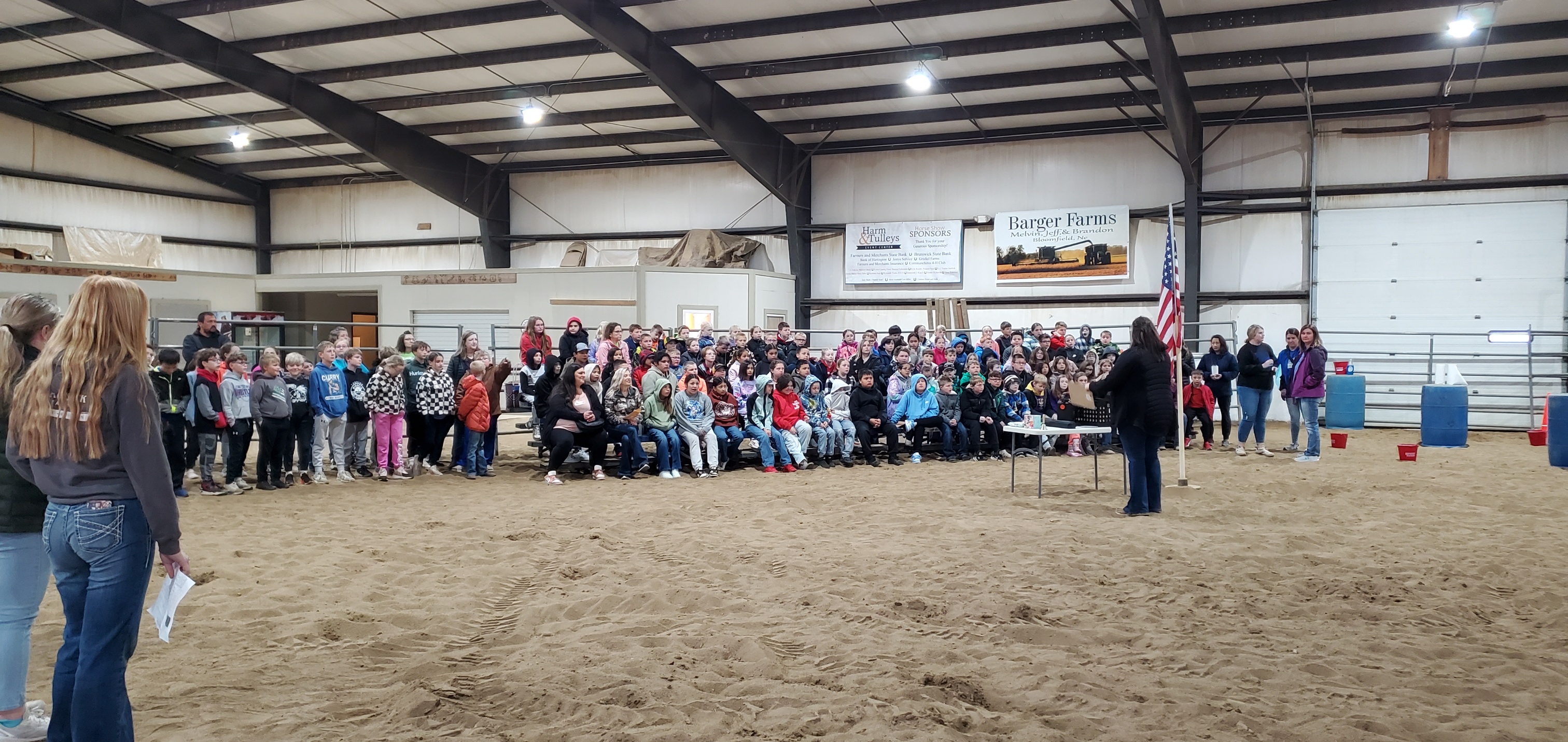
Local Extension Educators Recognized
Nebraska Extension recently held its annual Fall Conference, where two local Extension Educators were recognized for their exceptional efforts and achievements. Megan Hanefeldt, Cedar/Knox 4-H Youth Development Educator, was honored as the Nebraska Extension Mentor of the Year. Jackie Steffen, Nebraska Extension Early Childhood Educator, received the Nebraska Extension Excellence in Extension Team Award for her collaboration with Nebraska Children and Families' Communities for Kids (C4K) initiative.
